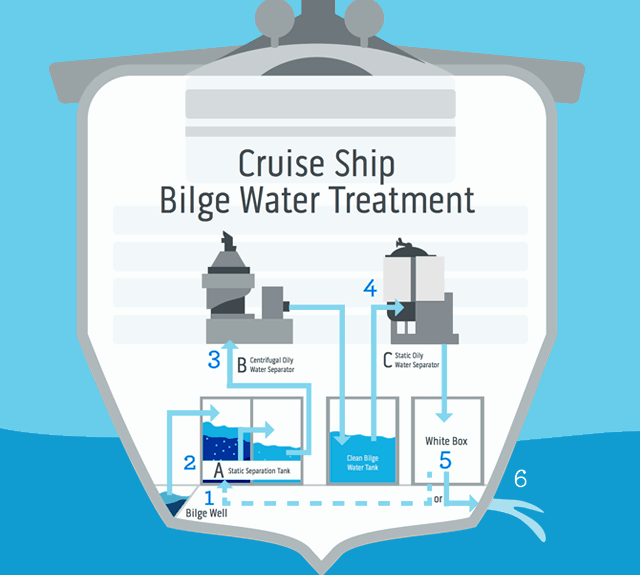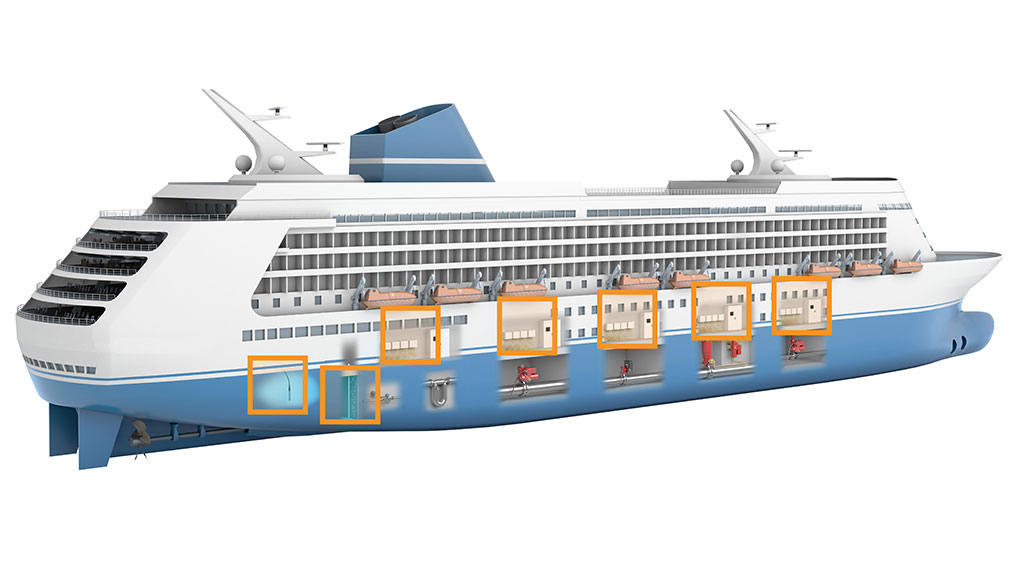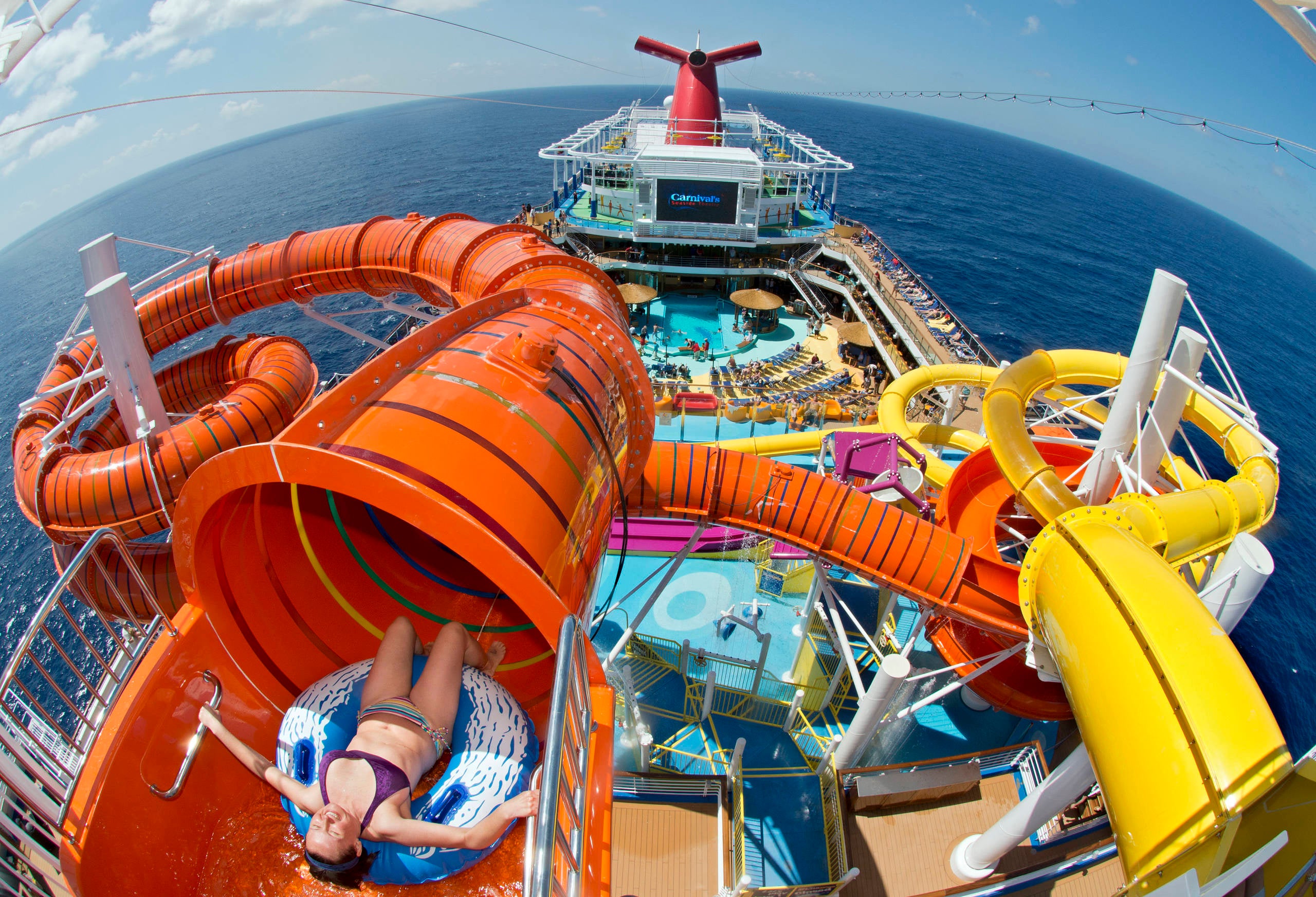Table Of Content

Hence, river cruise ships will use bunker water and filter it onboard if necessary. Once the fresh water is made, it’s stored in big tanks on the ship until it’s needed. And when it’s time to use the water, it’s pumped through pipes to different parts of the ship, like the kitchen, bathrooms, and drinking fountains. Although “used” water can be treated and recycled onboard, it is not reused for human consumption. The trend seems to be that more modern cruise ships lean towards freshwater pools, which is probably a sign that the freshwater is easier to maintain and keep filtered. Secondly, while the water on a cruise ship is safe for drinking, it might have a slightly different level of chlorine than tap water and so might not be suitable for baby formula.
Source of Fresh Water on a Cruise Ship
Desalinated fresh water goes into a different pumping system in the ship. The heating process involves fuel consumption before pumping it around each deck. Most cruise ships contain a robust system for delivering hot water where it is needed. Even though ships become temporary homes filled with thousands of people simultaneously, complaints about cold or low-pressure water are rare. Chlorine is only used as a cleaning agent to eliminate unwanted bacteria, but it will not affect the taste.
Fresh Water Sources on Cruise Ships
This water can be treated and used for various non-drinking purposes such as the laundry room or for cleaning. Fresh water is used for drinking, food preparation, swimming, and washing – and that is just for the people on board. In addition, the ship needs fresh water for steam generation, heating and cooling systems, sprinklers, and many other functions. Where do cruise ships get all their fresh water, and where do they keep it? With thousands of passengers and crew members confined to a ship in the middle of the ocean, one must wonder how do cruise ships get fresh water to use on a continuing basis? After all, it takes a substantial amount of water to keep everything running properly.
How to Make Salt Water Rinse: A Comprehensive Guide

The lines must only be used for potable water and not for any other purpose. The RO plants too, should ideally only be started at a minimum depth of 50 meters to avoid any risks with respect to fouling of the filters and worse, any damage to the very sensitive membranes. Seawater is supplied by a low-pressure feed pump through a coarse strainer. This coarse strainer separates medium-sized impurities such as mud, some shells etc that might have escaped past the sea-suction strainers.
Large oceangoing ships have uniform water treatment and filtering throughout. The galleys of smaller ships and river cruise ships may include additional filtering systems. Additionally, while cruise ship water is safe for consumption, there may be a bit of a different chlorine level compared to ordinary tap water.
The Safety of Cruise Ship Water
The most common method is desalination, where saltwater is processed to remove salt and make it drinkable. This can be done on board the ship using the aforementioned methods or by taking on freshwater supplies at ports of call. Ultimately, the combination of these processes and technologies allows cruise ships to maintain a sustainable and reliable source of fresh water. Cruise ships employ a variety of onboard water production systems to generate fresh water for their daily operations. These systems utilize advanced technologies to treat different water sources and ensure a constant supply of clean and potable water. One of the advantages of reverse osmosis desalination is its effectiveness in producing large quantities of fresh water.

These strategies include the use of low-flow faucets and showerheads, as well as water-efficient laundry and dishwashing machines. Furthermore, onboard water recycling systems help to treat and reuse wastewater for non-potable purposes such as irrigation and cleaning. By adopting these practices, cruise ships can reduce their overall water consumption and minimize their impact on the environment. Water used for drinking is usually taken from seawater undergoing a desalination process. Most cruise lines use either reverse osmosis processes or steam evaporation to desalinate water (remove the salt content) before adding chlorine and minerals to make it safe for consumption. This method is the same for home filtration systems, only on a larger scale.
2024 Royal Caribbean Drink Package Prices, Tips, Pros & Cons - Royal Caribbean Blog
2024 Royal Caribbean Drink Package Prices, Tips, Pros & Cons.
Posted: Thu, 08 Feb 2024 08:00:00 GMT [source]
Every week, cruise ships often store or bunker water after obtaining it at their homeport. At ports of call, cruise ships might get freshwater, but never from nations where there is a water scarcity. Using the heat from the cruise ship engine, steam evaporation—also referred to as steam desalination or flash evaporation—boils saltwater. Instead of using saltwater, most cruise ship pools use treated seawater. As per USPH guidelines, the potable water supply should be checked for quality before supplying to the vessel and a written declaration must be provided to the ship mentioning the Chlorine content and pH. For the above reasons, it is normal for cruise ships to bunker potable water weekly or as per demand.
If you’re going to be sailing for several days without stopping anywhere, then you probably shouldn’t worry about carrying extra bottles of water. They could easily break open and leak onto deck furniture or carpets. Though useful in a hot spa, it is practically useless everywhere else unless additional steps are taken to cool the water before use. This method is rarely used these days as it put a lot of stress on the hull of the ship and often caused damage.
These systems treat blackwater, or sewage, using biological and chemical processes to remove harmful contaminants. The treated water can then be discharged safely without causing harm to the marine environment. Since the drinking water on cruise ships is safe to drink, refillable water bottles and drinking cups are the ideal way to stay hydrated, both onboard and in ports. Note that, for hygiene reasons, some cruise lines ask that passengers not fill up personal water bottles directly from water dispensers in the buffet.
Carnival Cruise Ship Diverts Due to Lack of Fresh Water - Cruise Hive
Carnival Cruise Ship Diverts Due to Lack of Fresh Water.
Posted: Wed, 14 Jun 2023 07:00:00 GMT [source]
In some cases, cruise ships may have advanced filtration systems that can treat other sources of water, such as graywater and blackwater. Graywater, which consists of used water from sinks, showers, and laundry, can be purified and reused for non-potable purposes such as watering plants or cleaning. Blackwater, or sewage, undergoes a separate treatment process to remove harmful substances before being discharged. Reverse osmosis desalination is a crucial process employed by many cruise ships to convert seawater into fresh water.
As cruise ships grow ever larger and more complex, further people and additional attractions will naturally accompany this growth. A cruise ship is a complicated vessel that requires the interoperability of multiple systems for it to function properly. That includes making sure that its crew and passengers are well taken care of biologically and hygienically. Every airline will either give you distilled water in your cabin or let you pack it in your carry-on bag. While upmarket and luxury companies usually offer distilled water free of charge, mainstream lines are likely to charge you for it. You can find out the process and/or price of getting it onboard by contacting your travel agent or your cruise line’s customer service department.
Additionally, desalination systems onboard cruise ships are equipped with advanced monitoring and control mechanisms to maintain the efficiency and performance of the process. Overall, reverse osmosis desalination plays a vital role in ensuring a reliable supply of fresh water on cruise ships. By effectively filtering seawater and removing impurities, this process allows passengers and crew members to enjoy clean and safe drinking water, regardless of their location at sea. Additionally, some cruise ships are equipped with onboard water production systems. These systems utilize advanced filtration and purification technologies to convert seawater or wastewater into fresh, potable water.
These are similar to home drinking water filtration systems, but on a much larger scale. Instead, cruise ships have onboard filtration systems that transform saltwater into fresh drinking water. Some ships have an additional reverse osmosis water filtration system to purify and mineralize the water further. These methods work in conjunction to ensure there is a continuous supply of clean and potable water on cruise ships.

No comments:
Post a Comment